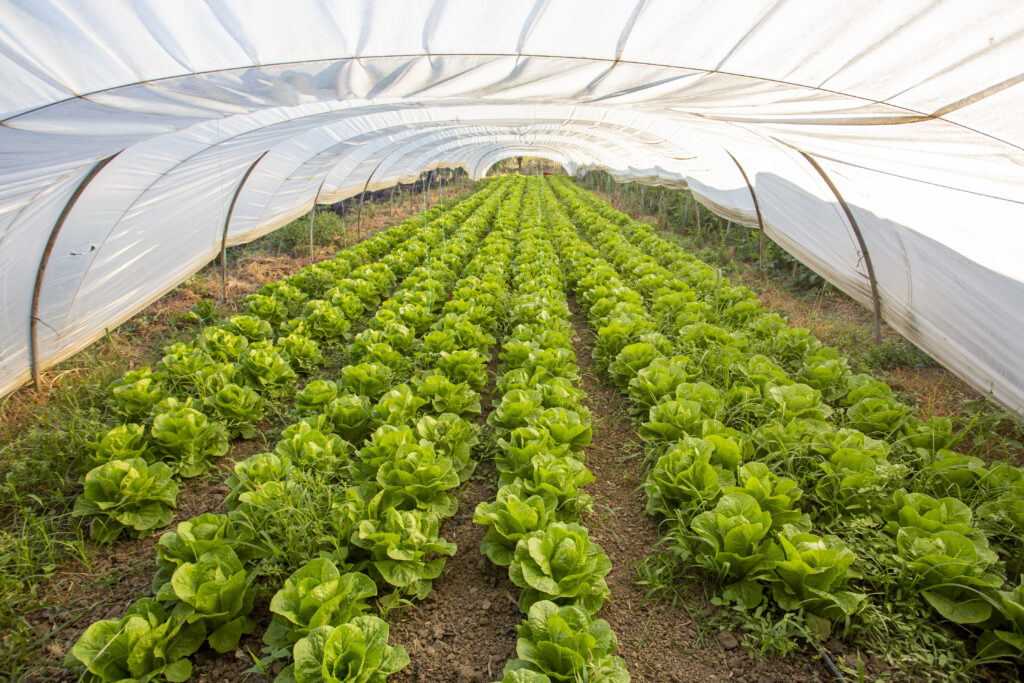Summary of An endophytic fungi-based biostimulant modulated lettuce yield, physiological and functional quality responses to both moderate and severe water limitation
Endophytic Fungi Biostimulant Improves Lettuce Yield and Quality
Introduction: Boosting Lettuce Performance with Microbial Biostimulants
Using an endophytic fungi biostimulant can be a sustainable strategy to enhance lettuce growth while reducing water use. Modulating water availability stimulates the accumulation of secondary metabolites, including phenolic acids, flavonoids, and ascorbic acid, which contribute to lettuce functional quality. Despite its potential, information on maintaining both yield and nutritional value under limited irrigation is still scarce.
Effects of Water Availability on Lettuce
Reducing water from well-watered (WW) to moderate deficit irrigation (MDI) did not significantly affect yield or the concentrations of phenolic acids and flavonoids. However, it reduced arbuscular mycorrhizal fungi (AMF) and Trichoderma in roots and soil, decreased magnesium and zinc by 12.4% and 26.8%, and nearly halved photosynthesis and transpiration. Severe deficit irrigation (SDI) further reduced yield and key functional compounds like ascorbic acid, total phenols, and quercetin.
Benefits of the Biostimulant on Lettuce Nutrition and Functional Quality
Application of the microbial biostimulant enhanced nutrient content and secondary metabolites. Treated plants exhibited 20.8%–97.4% increases in P, Mg, Fe, Mn, and Zn, along with higher phenolic acid levels, independent of water availability. Yield, calcium, copper, and isochlorogenic acid were improved under WW and MDI conditions. Luteolin glycosides, often associated with stress responses, increased progressively in inoculated plants, showing the combined effect of microbial stimulation and moderate water deficit.
Practical Implications for Lettuce Production
Using an endophytic fungi biostimulant offers a practical approach to improve yield and nutritional quality while optimizing water use. These findings highlight the potential of microbial solutions to boost both marketable yield and functional quality under varied irrigation conditions.
Publication: Scientia Horticulturae









